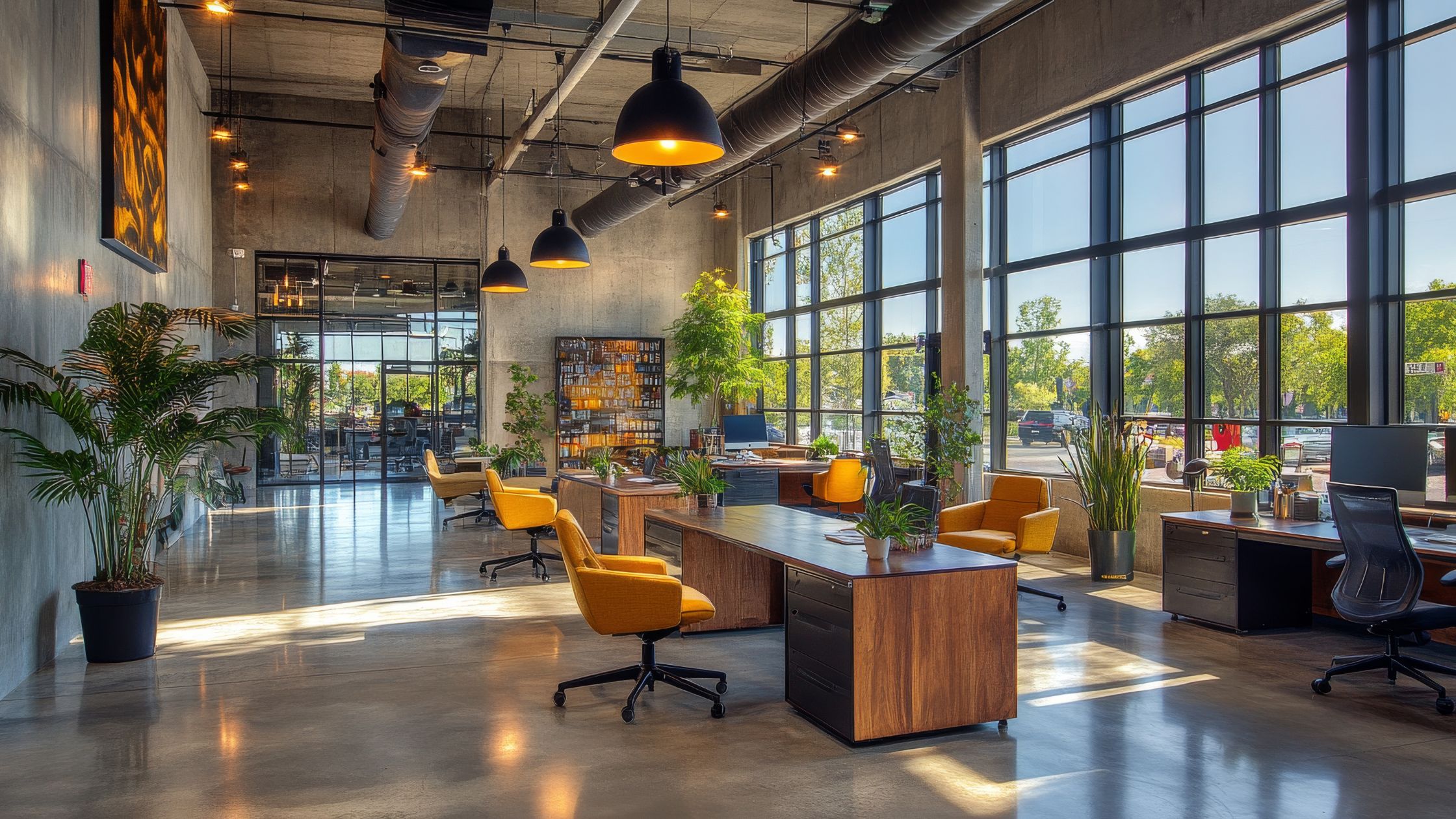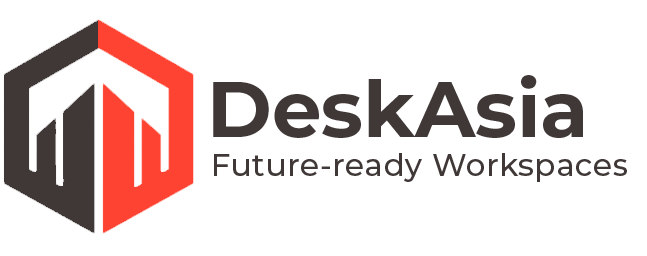
What Your Office Says About Your Brand And Why It Matters
When we think about branding, our minds often go straight to logos, websites, or marketing campaigns. One of the more subtle yet powerful aspects of branding that’s often overlooked is your office space—it can say a lot about your company. The physical or even virtual environment where your team works says a lot about your values, your priorities, and how seriously you take your culture. In many ways, your office is your brand’s living.
In this blog, we’ll explore why your office is an important aspect of your brand, what it communicates to employees and clients , and how you can design your space to align with your brand identity.
The Office as a Brand Touchpoint
Your office is one of the most tangible assets of your brand, especially in face-to-face interactions. Whether you’re welcoming clients, onboarding new hires, or hosting investors, your space serves as a powerful communicator.
Consider how you feel when you walk into the headquarters of a tech startup versus a law firm. The open-plan layout, beanbag chairs, and game rooms of a startup signal innovation, agility, and informality. A law firm’s polished wood interiors, glass walls, and private offices may signal professionalism, tradition, and confidentiality. Neither is wrong—what matters is that each aligns with the brand values of the organization.
Internal Impact: What Your Office Tells Employees
While branding is often associated with how a company presents itself externally, internal branding is also important. The environment in which your team works affects everything.
- Culture and Values: If your company promotes collaboration but places employees in isolated rooms, it sends a conflicting message. If sustainability is a brand pillar, your office should reflect that through green initiatives like energy-efficient lighting, recycling programs, or eco-friendly furniture.
- Employee Experience: A thoughtfully designed workspace can make employees feel valued, respected, and inspired. Things like natural lighting, quiet rooms, and well designed furniture aren’t just perks—they’re signals that the company cares about wellbeing and performance.
- Identity and Belonging: When employees can see the brand reflected in their surroundings, it fosters a sense of connection and purpose. Whether it’s through artwork, mission statements on walls, or custom interior designs, the environment becomes a daily encouragement of shared goals and identity.
External Impact: What Your Office Tells the World
Clients, partners, media, and job candidates often experience your brand for the first time through your physical space. Here’s what your office could be saying:
- Professionalism and Credibility: Clean, well-maintained, and thoughtfully designed offices build trust. An outdated or disorganized space might cause visitors to question your attention to detail—or worse, your success.
- Innovation and Creativity: A visually striking or unconventional office layout can immediately communicate that your company thinks differently. This is especially powerful for creative agencies, design firms, and startups trying to disrupt traditional industries.
- Brand Consistency: When the visual and emotional feel of your office matches your website, your marketing, and your product, it signals alignment. A consistent brand builds trust, and trust builds loyalty.
Designing with Intention: Aligning Your Office with Your Brand
So, how do you ensure your office accurately reflects your brand? It starts with clarity. You must first understand your brand identity—your mission, values, personality, and target audience.
1. Define Your Brand Personality
Is your brand playful or serious? Modern or classic? Minimalist or bold? Your office should set this tone. For instance:
- A youthful, dynamic brand might opt for open spaces, bright colors, and flexible seating.
- A premium, luxury brand might lean on quality materials, muted tones, and sleek design.
2. Prioritize Experience Over Aesthetics
Beautiful offices get Instagram likes, but functional ones build great teams. Design for usability—consider design , lighting, air quality, and workflow. Don’t chase trends; focus on what your brand actually needs.
3. Use Branding Elements Thoughtfully
Incorporate your logo, colour palette, and typography subtly.
4. Design for Culture
If your company thrives on collaboration, incorporate huddle spaces or breakout zones. If your team prioritizes focus and privacy, make sure there are quiet areas available. Design your space to support the work habits that fuel your business success.
What If You’re Remote or Hybrid?
In an increasingly digital world, your “office” might not have four walls. But branding still matters—even in a virtual environment.
- Digital Branding: Your video call backgrounds, team communication tools, and onboarding experiences all contribute to your brand image. Virtual offices should be just as intentional in design and tone.
- Physical Touchpoints: Even in a remote company, consider branded welcome kits, custom Zoom backgrounds, or occasional in-person offsites that reflect your values and culture.
Real-World Examples
Google’s offices are famous and full of amenities, reinforcing its brand image as innovative, employee-centric, and fun. From nap pods to colorful decor, the space reflects the kind of bold thinking the company wants to encourage.
Apple
Apple’s campus is sleek, modern, and minimal—just like its products. The design is cutting-edge yet controlled, sending a clear message about precision, innovation, and user-focused thinking.
Why It Matters More Than Ever
As competition grows and talent becomes more concerning , branding extends far beyond traditional marketing. People want to work with and work for companies that stand for something. Your office is one of the most powerful ways to make those values visible.
Even in a world where remote work is gaining ground, It is how you present your workspaces physically or virtually which can elevate your brand and create meaningful connections.
Final Thoughts
Your office is more than a place to get work done. It’s a reflection of who you are as a brand, what you value, and how you treat people. When designed with intention, it can boost morale, impress clients, and reinforce your identity at every point.
So the next time someone steps into your office or logs into your virtual meeting, ask yourself: What does this space say about us? And more importantly, Is that what we want it to say?

